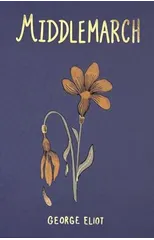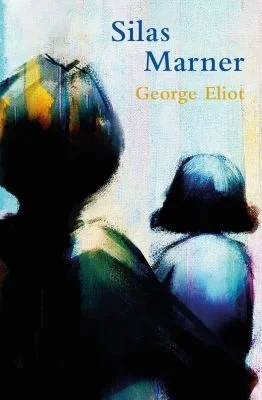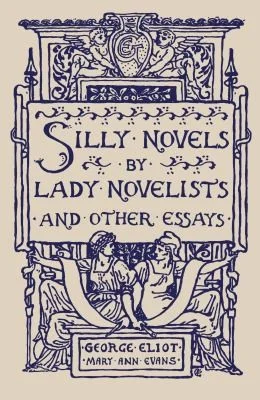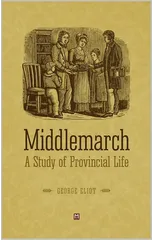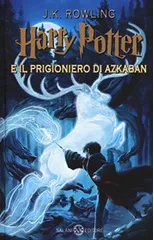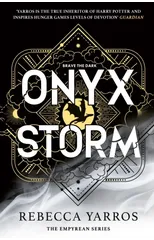FELIX HOLT, THE RADICAL (Edition2023)
(Author) George EliotThe author of "Felix Holt, The Radical" is George Eliot, a pen name for Mary Ann Evans. The narrative, which debuted in 1866, takes place in the fictitious English town of Treby Magna amid the political turmoil brought on by the 1832 Reform Act. Felix Holt, the protagonist of the book, is a thoughtful, morally-driven young man with extreme political beliefs. Felix gets involved in the lives of the Transome aristocrats, especially that of Esther Lyon, the stunning and idealistic daughter of a prosperous landowner. Despite their different socioeconomic backgrounds, Esther finds herself pulled to Felix as she learns about the injustices and social problems of the day. The story explores topics including the effects of industrialization, class conflict, and the fight for political reform by fusing social and political commentary. In addition to reflecting Eliot's own worries about social justice and the obligations of the privileged class, the novel also follows the characters as they struggle with their ideas and values in a changing world. "Felix Holt, The Radical" delves deeply and intricately into political and moral dilemmas, illuminating social conflicts and changes during a pivotal juncture in English history. The novel is praised for Eliot's perceptive characterizations and her attention to the important political and social issues of the day.
George Eliot
George Eliot was the pen name of Mary Ann Evans, a prominent Victorian-era novelist known for her insightful and complex characterizations. Her most notable works include "Middlemarch," considered one of the greatest novels in the English language, and "Silas Marner," a poignant tale of redemption and community. Eliot's literary style is characterized by its psychological depth, moral complexity, and social commentary. She was a pioneer in the realist tradition, exploring themes of morality, religion, and human relationships in her writing. Eliot's contributions to literature include challenging traditional gender roles and societal norms, as well as expanding the scope and depth of the novel as an art form. Her work continues to be celebrated for its profound insights into the human condition and its enduring relevance in contemporary society.

